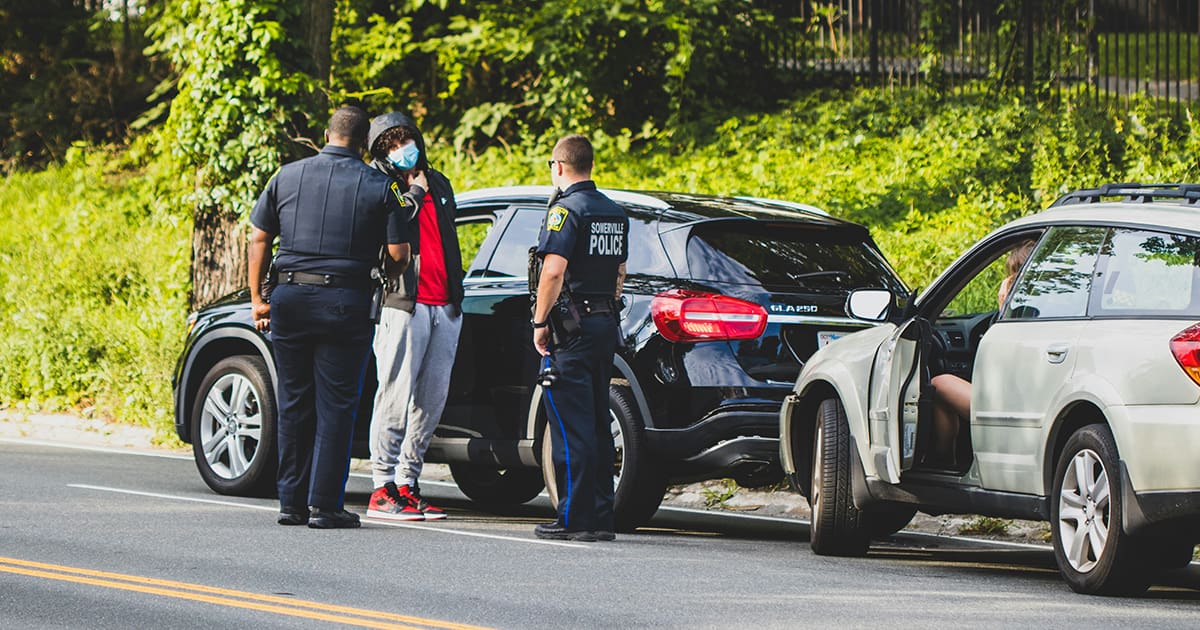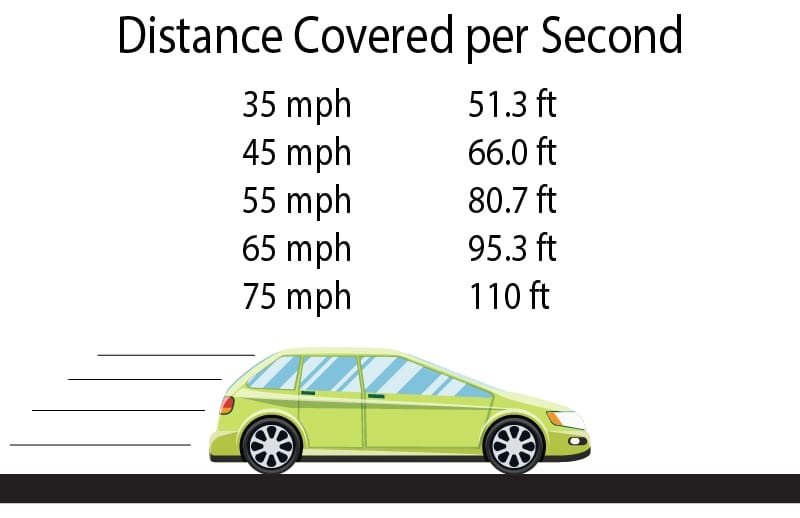In this second Phase Shift article, we thought we’d take a moment to talk about driving. While upgrading our stereo systems is fun and typically the focus of our discussions here, we often overlook the importance of driving safely. Even at 35 miles per hour, a minor collision can cause a lot of damage and, in severe cases, injuries. We want all our readers to be happy, healthy and safe. Here are three safe driving tips that can help you avoid an accident.
Maintain a Safe Following Distance
This first concept will give you flashbacks to your days of driving instruction. However, this rule is one of the most essential in preventing accidents: Always maintain a safe distance between your vehicle and those ahead. We can’t count the number of times we see cars and trucks following other vehicles with only 8 or 10 feet between them. Following too closely happens around town and on highways. Let’s look at the science of why following too closely is a terrible idea.
If you tell someone you were driving at 45 miles per hour, their first reaction might be that you weren’t going all that fast. We think it might be better to think about that speed differently. Forty-five miles per hour is the same as 3,960 feet per minute. It’s also equivalent to 66 feet per second. Sixty-six feet is almost as much length as a seven-story building is tall. A typical cricket pitch is 66 feet. It’s three-quarters of the distance between the bases on a baseball diamond. Traveling that distance in the time it takes to say “one Mississippi” means you’re really moving.
Now, let’s talk about reaction time. The reaction time is the delay between when you see something and when you move to respond. The average human has a reaction time of 0.2 to 0.3 second for a visual stimulus. That means when we see the brake lights on the car in front of us turn on, it will take about a quarter of a second for us to react. If your vehicle is doing 55 miles per hour, you will travel about 20 feet before you can start braking, assuming you are 100% focused on what’s happening around you.
Let’s add one more consideration to this discussion – braking distance. Cars, trucks and motorcycles don’t stop on a dime. It takes a significant amount of space for a vehicle to come to a complete stop. Different types of vehicles can take more time and distance to stop. For example, a sports car like a Corvette, Porsche 911 or a Mustang might take 115 to 120 feet to come to a complete stop from 60 miles per hour. Midsize SUVs like a Toyota RAV4 or Kia Sportage might need 130 to 135 feet to stop from the same distance. That’s another car length than a sports car. Heavy vehicles like most EVs, fullsize SUVs and trucks may need 150 feet. That’s a car length more than the midsize SUVs.
Are you starting to see the picture?
Imagine you’re driving a Ford F150 pickup truck and following 15 feet behind a Mazda CX-3 CUV. A deer jumps out in front of the Mazda, and the driver slams on their brakes to stop. First, you will travel about 20 feet before you can hit your brakes. The Mazda is still moving but is now dangerously close. Assuming that the Mazda can stop in 10 feet less distance than your Ford truck, the chances of you avoiding a collision are likely zero.
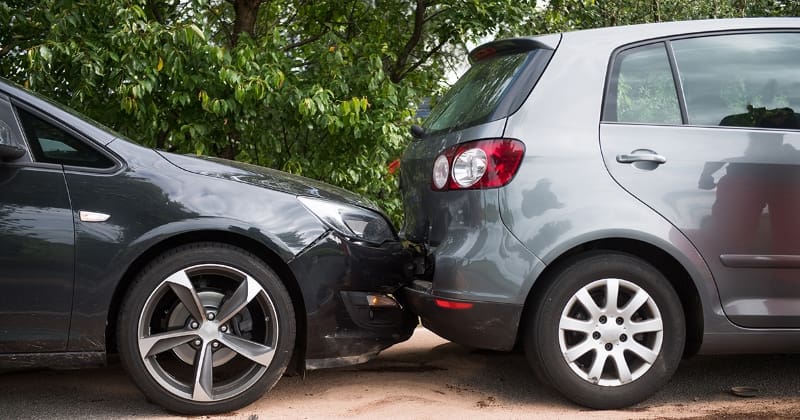
Plan an Escape Route
Our second tip ties directly into this first scenario. Driving isn’t just about getting where you want to go. Always be planning for a worst-case scenario. In addition to the typical driving requirements of staying in your lane and signaling your intentions, actively plan an escape route in case you need to make a drastic course correction.
Imagine you’re approaching an intersection where the light is red. A car in front of you has already stopped. To have an escape route, you should stop no less than two car lengths behind the vehicle that has already stopped. Why? Any time you apply your brakes, look in your rearview mirror to get a sense of whether the vehicle behind you will be able to stop. If you stop with space in front of your car and see someone approaching from behind who might not notice that you’re stopped, you can pull up and give them extra space. Alternatively, if there’s an open space in an adjacent lane or a driveway you can pull into, that’s another excellent escape route.
The image below shows a busy intersection. You’re in the yellow car and have stopped behind the dark blue car. If the light blue car approaching from behind doesn’t appear to see that you’ve stopped, you can move into the lane on the left where the gray car is. You might even be able to squeeze in front of the green car. Watch your mirrors and always have an escape route.
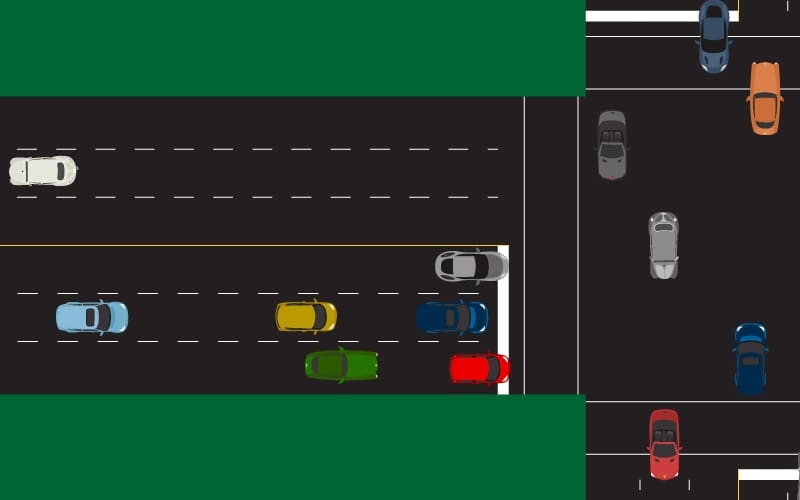
If you’re driving in heavy traffic, avoid having a car directly beside you. The scenario is similar to that intersection example above. If the car in front of you stops suddenly, you can change lanes to avoid a rear-end collision.
A Tip for Safe Stopping Distances
In the discussion above, we suggested that you leave two car lengths between your vehicle and the one in front of you when stopping at an intersection. After a few cars have stopped behind you, you should pull forward. A great tip for maintaining adequate space between vehicles is to be sure you can still see the bottom of the rear tires of the vehicle in front of you.

Use Your Mirrors Frequently
We’ve discussed this last tip previously, but we’ll highlight it again as it’s crucial to safe driving: Check your side- and rearview mirrors frequently.
Keeping track of what the drivers around you are doing is vital to maintaining an escape route and knowing when to use it. Driving instructors will tell students they should check their mirrors every five to eight seconds. While five seconds seems extremely frequent, other vehicles constantly speed up, slow down or change lanes. Knowing who is where at all times gives you an understanding of your options in an emergency.
As you gain experience driving, you’ll learn to monitor the areas beside and behind your vehicle with your peripheral vision. You’ll know when someone changes lanes or is passing you. Most importantly, you’ll know if someone is approaching from behind too quickly. If there is a single takeaway from this article, it’s that you should get in the habit of checking your rearview mirror every time you apply the brakes. If a truck is only 10 feet from your rear bumper, slamming on the brakes will cause a rear-end collision. You will need to make use of an escape option to remain safe. Changing lanes or even driving onto the shoulder may be your only option in an emergency.
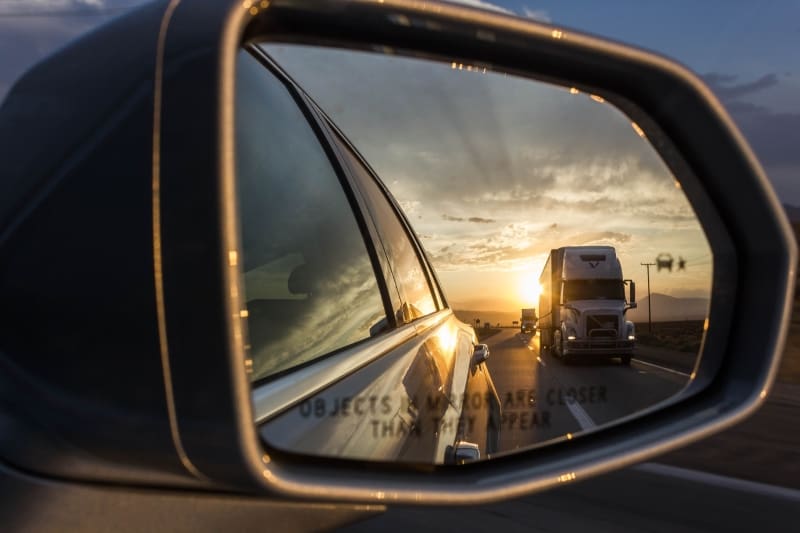
Another benefit of knowing what vehicles are around you is that you can change your driving behavior to prevent an accident. If someone tailgates your vehicle, you can start slowing down earlier and more gradually. The goal is to prevent them from having to brake suddenly. In this scenario, we suggest not lifting your foot off the gas and coasting, as your brake lights won’t turn on. The driver behind will need more time to observe that you have slowed and that the distance between the vehicles is decreasing. You can apply the brakes gently, then increase pressure once you know the vehicle behind has reacted to your change in speed.
If someone is tailgating you, leave more room between your vehicle and the one in front of you. You may have to adjust how quickly you can decelerate based on how the driver behind you responds. It’s likely best to change lanes to get away from a tailgating driver. If you’re on a four-lane road, change lanes and let them pass. If it’s a two-lane road, pull off into a gas station or fast-food restaurant, letting them go on ahead, then get back on the road. The 15 or 20 seconds it takes to escape from them will dramatically reduce your risk of getting into a rear-end accident. We know you shouldn’t be responsible for reacting to their poor driving habits. However, you are responsible for keeping yourself and your passengers safe.
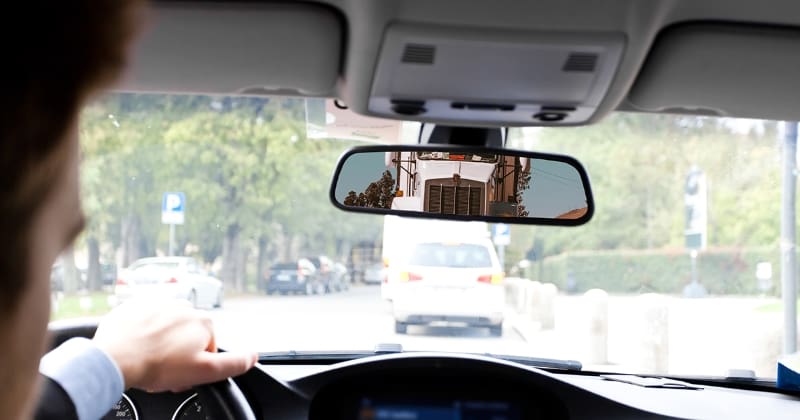
Simple Safe Driving Tips Can Save Lives
Just as a professional basketball or hockey player keeps track of where their team members and opponents are at all times, keeping track of the vehicles you are sharing the road with is crucial to your safety. Check your rearview mirrors frequently, leave space between vehicles and always have an escape route. These simple safe driving tips can make a massive difference in an emergency. Enjoy your drive, and remember to always be careful!
